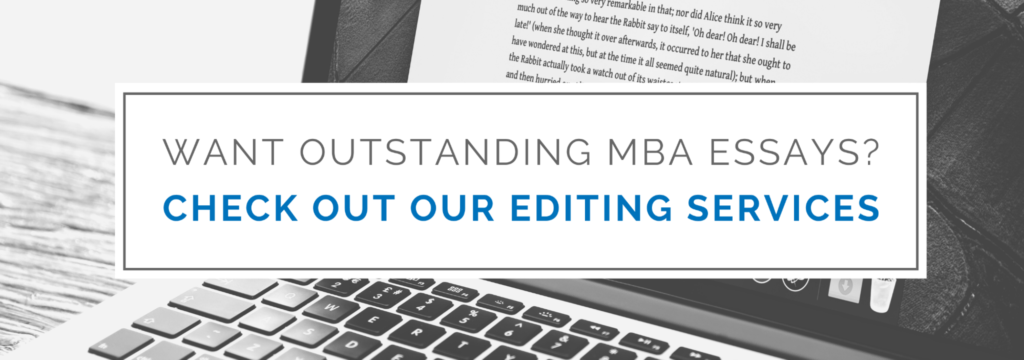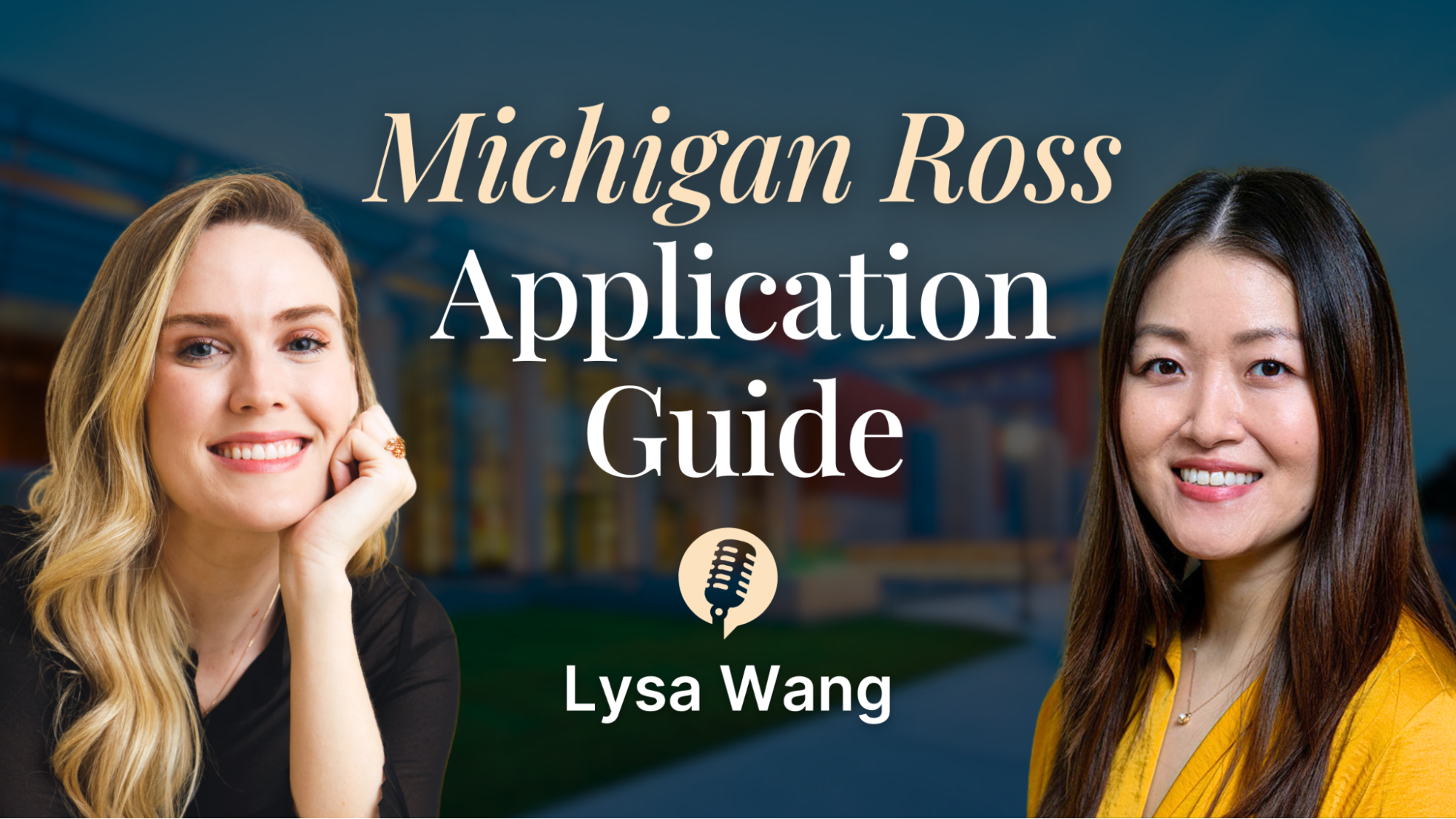A personal statement is one of the biggest items on most Ph.D. applicants’ checklists. While it may be one of your most overwhelming tasks, understanding what a personal statement is and should achieve is a key first step in planning how to write a successful one.
A Ph.D. personal statement is an open-ended prompt that allows you to focus on the aspects of yourself and your career that you think are most relevant and important. However, all personal statements should include a few basic things: your previous experience (both professional and personal), goals and motivations, strengths, and how all of this relates to the program you are applying to.
Note that your personal statement is different from your Ph.D. research proposal, where you will go into detail about the Ph.D. project that you plan to complete.
To help you translate your accomplishments, ideas, and goals into a compelling statement that makes you stand out from other applicants, we at ELC have created this guide for you.
1. Introduce your motivations
A clear narrative is key to a successful statement, and the intro is the first step of your story. It needs to stick in the reader’s memory, while also relating to all of the ideas in your response. For Ph.D. applicants, this means hooking the admissions committee with an engaging and authentic idea about your motivations to pursue your field of study.

Because you may not have your entire story figured out at the beginning, we suggest writing your introduction at the very end. By then, you will have a better idea of what kinds of hooks and overarching ideas will fit best with the ideas you’ve included in the body of your statement.
To choose an engaging hook statement, there are a multitude of possibilities for success, but there are a few approaches that have worked well for many of our clients. Start with a personal story of when you first realized your purpose or career drive; doing this simultaneously shows the reader that your motivations are deep-rooted and paints a vivid picture of yourself from the beginning.
For example, to begin his essay, one of our clients introduced his passion for food and its impact on society:
“I have always been driven to promote positive change in people’s lives, especially through the medium of food. My passion for food grew from cooking vegetarian recipes with my mother as a child. As I grew up, I learned about the benefits of reducing meat consumption for both human health and the health of our planet, and I grew more interested in changing the way people consume food.”
You can also start with a problem statement. However, only do this if it is the foundation of the research you plan to pursue (otherwise, you can save this for your goals section).
This is a great idea when your career is based on a looming or urgent issue that needs to be solved; you will be capturing the reader’s attention and urging them to wonder how your work will contribute to a solution, which will encourage them to want to keep reading. Here is an example from another client’s essay:
Although 60% of Brazil’s population is Black, only 8% of leadership positions and 21% of doctorate students are Black; furthermore, there are no policies that incentivize reducing racial disparities in faculty. For instance, as an economic master’s student, I was the only Black person in my class, and I had no Black professors. Consequently, class discussions were disconnected from the reality of minorities, who make up a disproportionate amount of those in poverty. I realized that this lack of representation heavily impacted the relevance of economic policy, and I understood my responsibility to bring practical insights to the field.
Another idea is to start with a quote that inspires or motivates you. However, approach this one with caution; we often see clients use quotes that are either overly generic or or don’t relate to the rest of their ideas, which ends up simply confusing the reader.
2. Describe your biggest accomplishments and strengths with examples
Because you have a limited word count, you need to choose the strengths and stories you want to tell about yourself wisely.
We therefore recommend that you choose around 3 main ideas that you want to communicate in your essay (for example, strengths, skills, or lessons learned) and aim to write one paragraph for each one.

These ideas should have something to do with the research you want to pursue. Therefore, before you start writing, we recommend writing down a list of reasons why you want to pursue the research you’re interested in, including the knowledge, skills, approaches, and issues that have led you to make your decision.
Once you have decided on the main ideas you want to highlight, choose one or two examples that can serve as representations of each idea, and if you have the room, write them out in STAR format. Doing this is the most effective way to illustrate your points: it allows the reader to follow a story, which makes your point more memorable, provides clear imagery and shows how you apply your strengths and skills, and requires you to discuss their impact by including results.
It is also beneficial to include a takeaway for each story – what did this experience teach you/how did this influence your career path going forward? This will help you connect the dots and ensure fluidity.
Here is one example from our food-oriented client’s essay:
In college, I co-founded [redacted], a student-run, pro-bono consulting organization, as a way to connect students with and support the work of non-profits in the wider community. As Client Outreach Director, I prospected non-profit clients for our student project teams, meeting individually with several leaders to learn about their missions, what they were struggling with, and how [redacted] could help. I had the opportunity to work with the Chief Marketing Officer at [redacted], a sustainability-focused non-profit, to overhaul all the social media platforms of their organization. I developed a lean six sigma assignment for them, which increased their social media traffic by 400%. Not only did I help our nonprofit clients expand their impact, but I also gave students the opportunity to become socially-conscious pillars of the community. Meeting the faces of those working to build their communities inspired me to leverage my passion for food to drive my own social impact aspirations forward.
3. Clearly state your career goals

Once you’ve finished writing about your past, it’s now time to connect all of this to your future. The main ideas you’ve chosen to write about should provide a foundation for your goals statement, so think of a transition that explains the connection between what you’ve learned so far and how you plan to take that forward with you.
You will want to state both your short- (just after the Ph.D. program) and long-term goals (5-10 years in the future). Make sure that they are as detailed, actionable, and realistic as possible.
It will also be beneficial for you to add in what achievements you want to make – this will highlight the kinds of changes, knowledge, and leadership you will bring to your field.
To illustrate how this can look, here is our client’s goals statement:
[Project started by client, redacted] has been my first step in creating change in the food industry by mainstreaming plant-focused lifestyles, especially amidst the permanent societal changes that COVID-19 has caused. I want to adapt to those changes and start to build a platform to serve environmentally and financially sustainable food. To work towards this mission, in the short-term, I aim to become an [redacted] at [redacted]. In this role, I will improve my quantitative understanding of business investments and how to connect with sustainable funders. These learnings will prepare me for my long-term goal of maximizing the sustainability and effectiveness of [client’s food company] and making it into a standardized platform to connect local caterers to students across the US. With a wider platform, I expect [company] to change how the communities it operates in think about food consumption and sourcing.
For more on this, see our blog on writing about your goals!
4. Explain why you are pursuing a Ph.D.
Now that you have your past and future explained clearly, it is time to connect the Ph.D. program you are applying to into your story. For a Ph.D. personal statement, this is probably the most important part of your whole text, as it connects your motivations and aspirations to your performance at the school you’re applying to!
One of the questions successful applicants answer in this section of your statement is “why are you applying to this particular program and school?” You want to simultaneously show that you have done your research about the school and program and that there are specific opportunities that align directly with your goals and needs. So try to include any curricula, research opportunities/facilities, or faculty that align with your motivations and goals.

Applicants often also benefit from including brief explanations of how these opportunities and other aspects of the Ph.D. program can be used towards reaching their goals.
Here is an excerpt from our client’s connections to the program he was applying for:
I can’t wait to take advantage of HBS’s unique ecosystem of resources. HBS’s Rock Accelerator will be an amazing opportunity to immerse myself in growing my startup, where I will find great mentors and learn about funding. I will learn how to think about the food industry holistically and how to adapt and rebuild business models to achieve strategic, long-term success.
No matter what you decide to mention, ensure that you are proving to the readers that you have a plan for how to take advantage of the Ph.D. program and that you will use your experience wisely!
5. Show how you will benefit the school and program
Not only do you want to show why you will benefit from the Ph.D. program, but also how you will enrich the school and its community. Given how selective the Ph.D. process is, you must also think about showing how your research background and strengths will strengthen the university’s existing knowledge and opportunities.
Again, it’s important for you to be specific. Link your previously discussed skills and learnings to how this could add to existing research and approaches within the department you are applying to, for example. One of the best ways to stand out to the readers of your application is to paint a clear, actionable picture in their heads of how you will fit in and contribute to the school.
6. Conclude with a summary and vision
Your conclusion is a great opportunity to synthesize your story and provide the reader with an idea of what larger change or ideal it all fits into. It also allows you to see whether everything you’ve chosen to write about fits together – if you can craft a summary statement that relates all of your ideas together, then you know your personal statement is in good shape!
Here are some questions you can ask yourself when crafting this: What is most important about all the past and future aspects of my career? What have I learned over the course of my personal, academic, and career development that relates to my goals and will empower me to make change? What has motivated me most throughout all of my experiences?
We also suggest summarizing what your strengths are, how you will enrich the program and community, and how you will develop after all you’ve done during your Ph.D.
And finally, we often tell our clients that ending your conclusion on a forward-looking note is a very effective way of putting your story in context of a big and meaningful idea.
Some questions that may help you achieve this: What bigger change or ideal will achieving my goals contribute to? Why are my future achievements important – whom/what will this affect and why is this needed? What movement am I joining or spearheading and what kinds of improvements will this bring?
Answering questions like these is a great technique to really prove to the admissions committee that you are passionate about your work and have an idea of what bigger values or changes you are working to contribute to.
For example, here is our client’s last sentence:
HBS will help shape me into the leader I aspire to be: an entrepreneurial thinker who can one day make a positive impact in people’s lives through affordable and accessible health food.
Need help crafting a compelling & cohesive statement?
After all these tips, maybe you still aren’t sure if your statement is cohesive or engaging enough for a Ph.D. admissions committee. Or perhaps you are wondering whether your story stands out or fits with the program you are applying to.
Luckily, ELC’s expert team can tell you just what you need to add or change in order to craft the perfect personal statement for your dream Ph.D program.
No matter what your experience or field of study is, we have someone on our team who knows just what your personal statement needs to be extraordinary.
Real MBA Essays That Got People In
School-specific sample essays that got our clients accepted






